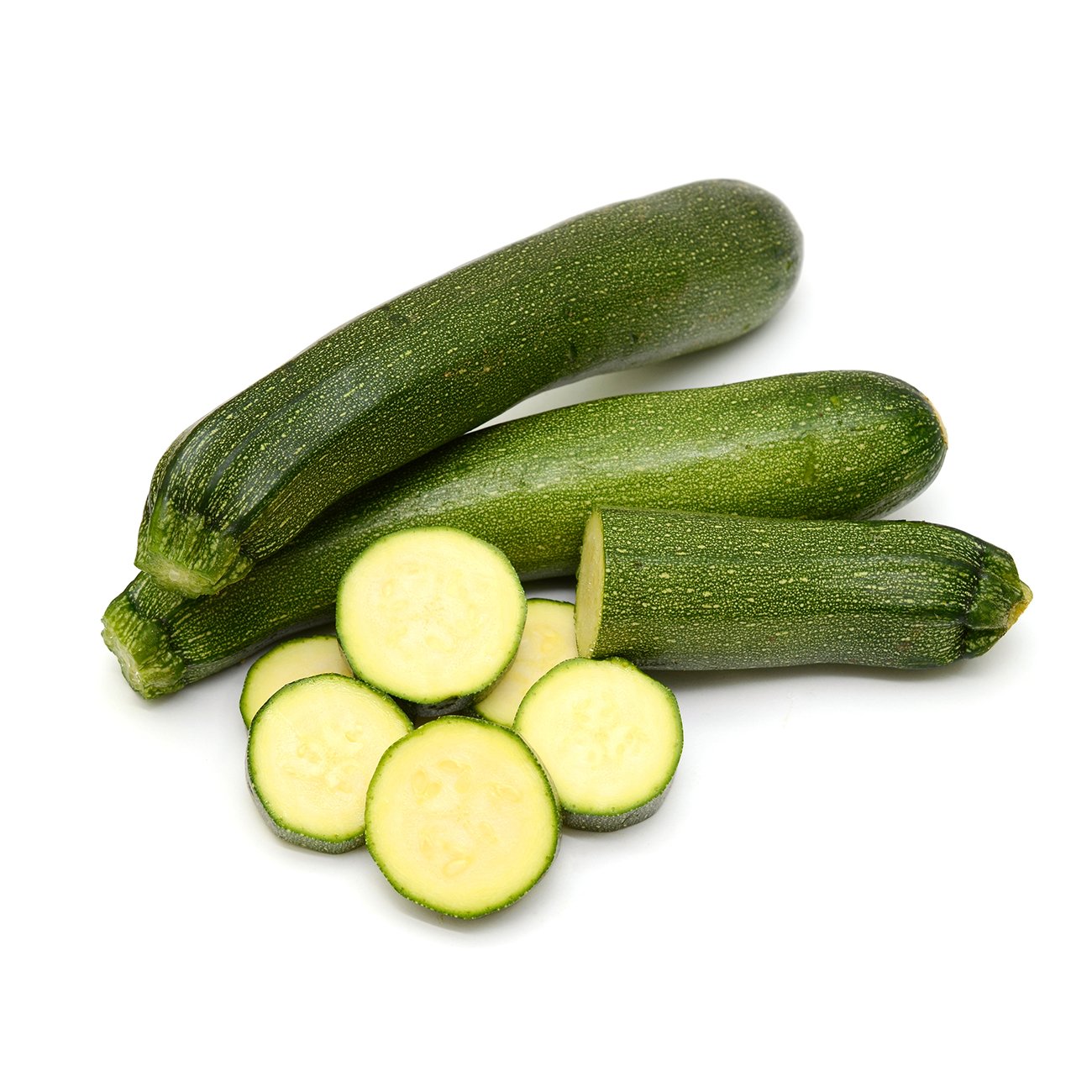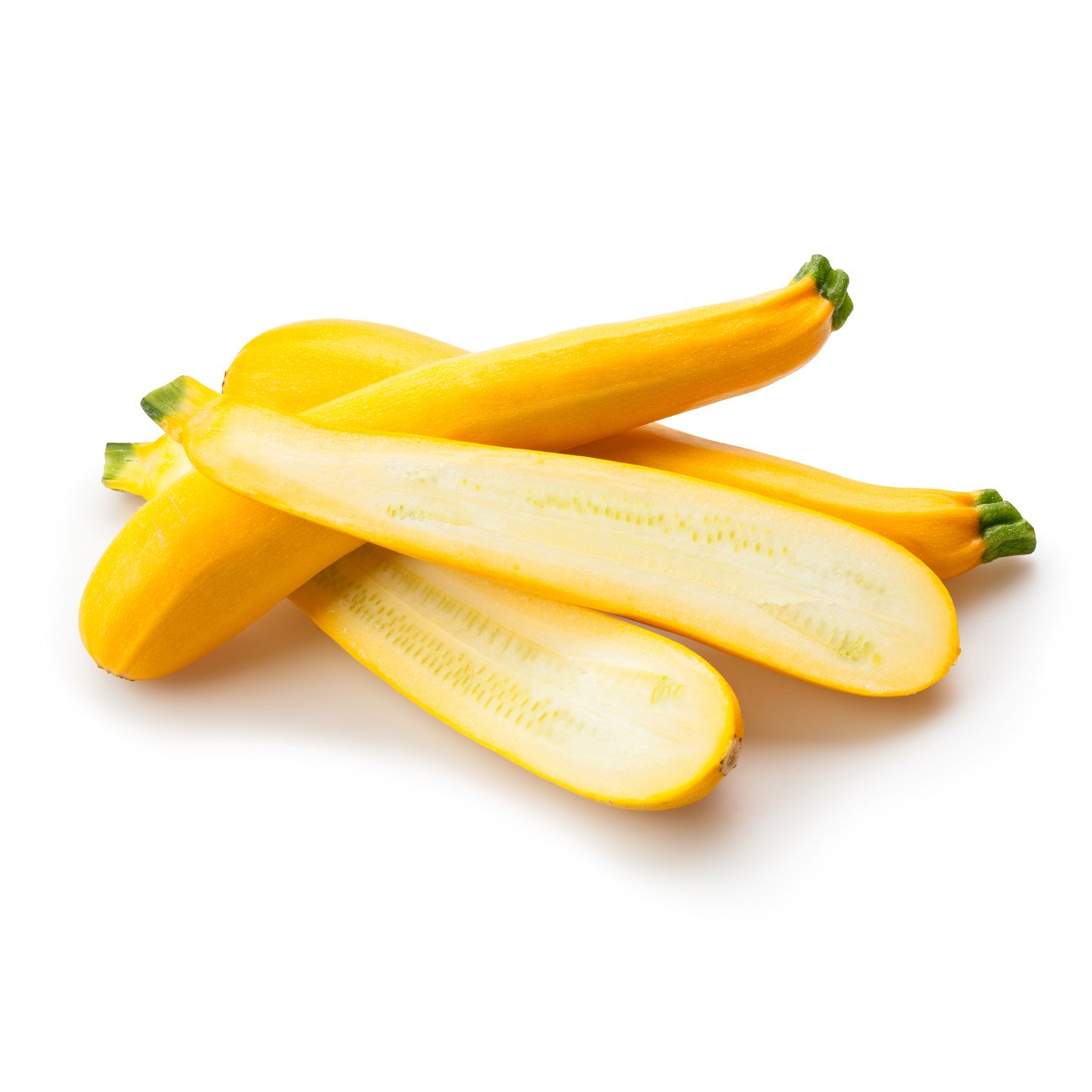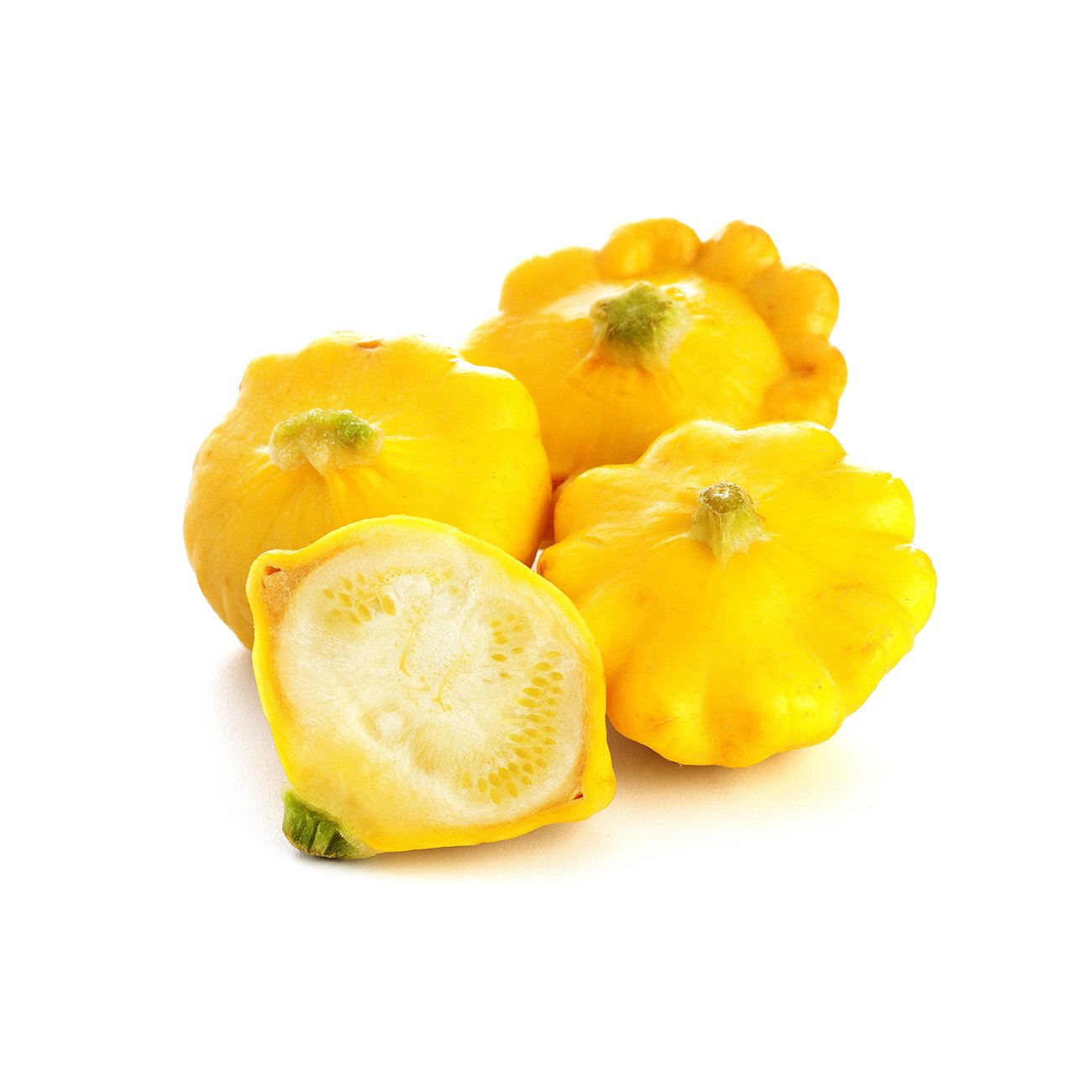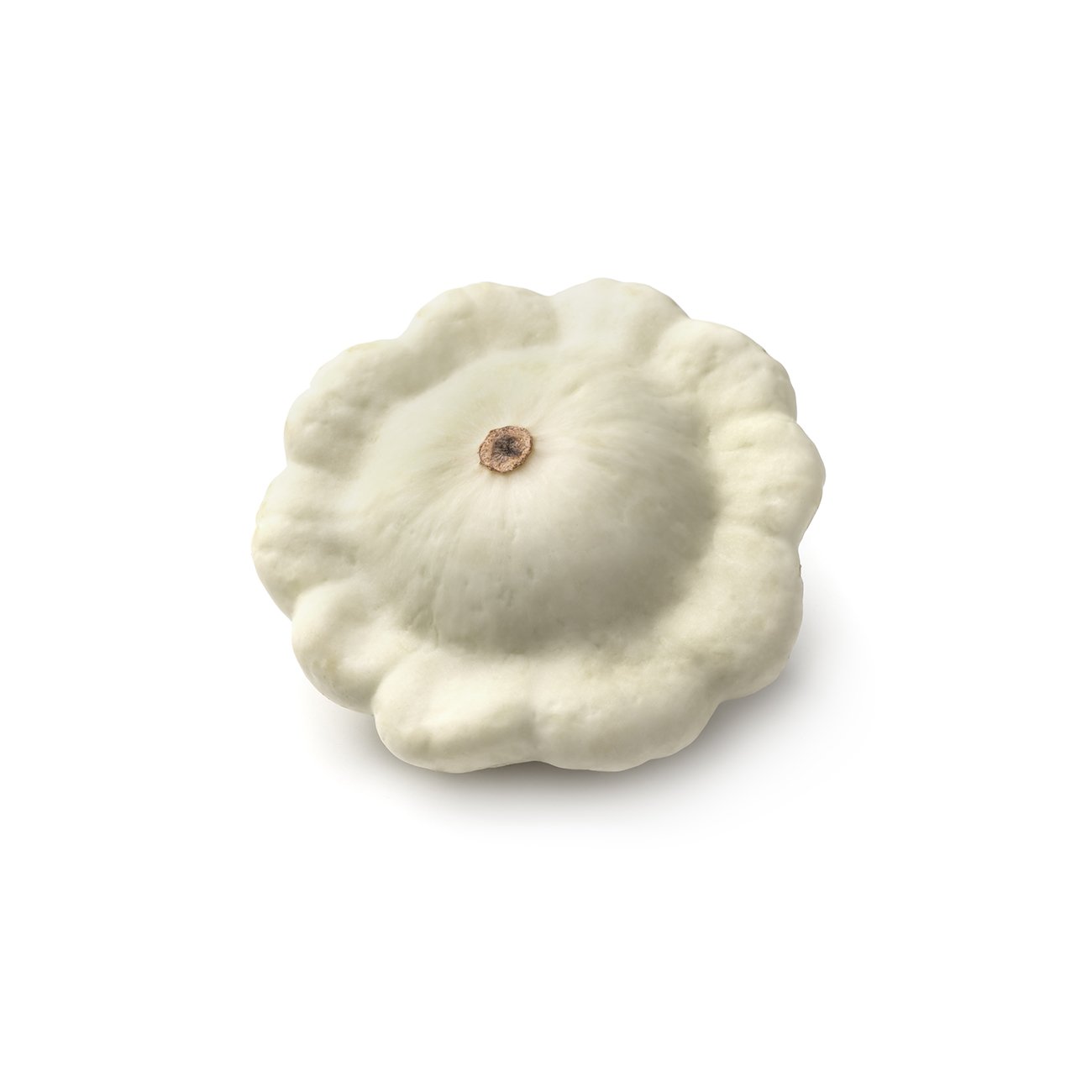The zucchini, or courgette as it is also commonly known, is a member of the squash family. Some people also refer to them as baby marrows; marrows are mature or large zucchini. The most common variety of zucchini is long and cylindrical in shape with smooth green skin and a cream flesh.
-
Harvesting
Summer squash fruit may be harvested at a very immature stage, at the desired fruit size, before seeds begin to enlarge and harden. A thin, soft external rind and external glossiness are indicators of a pre-maturity condition. Quality is based on uniform shape, tenderness of rind and internal tissue, overall firmness, a glossy skin colour, and an intact well-trimmed stem portion. Uniformity of shape is an important quality factor and is defined to be characteristic of the type or variety. Additional quality indices are freedom from growth or handling defects (discolouration, cuts bruises, abrasions, pitting) freedom from decay, and an absence of yellowing on dark green varieties.Postharvest storage temperature
Ideally, summer squash are not stored for longer than 10 days at 5–10°C. Storage at below 5°C for more than 3–4 days will generally result in chilling injury. Visual and sensory quality deteriorates, and surface pitting and discolouration or browning follows. Shrivelling, yellowing and decay are likely to increase following storage beyond 2 weeks. Varieties vary in their chilling sensitivity. Consequences of chilling injury are water-soaked pitting, discolouration and accelerated decay.Controlled atmosphere storage
Controlled or modified atmosphere storage or shipping offers little benefit to quality maintenance. Low O2 levels (3–5%) delay yellowing in dark green varieties and delay the onset of decay by a few days.Ethylene sensitivity
Summer squash varieties are low to moderately sensitive to exogenous ethylene. Accelerated yellowing of green types will result from low levels of ethylene during distribution and short-term storage.Humidity storage
Water loss is a serious and common postharvest problem for summer squash. Once harvested from the vine, loss of firmness and shrivelling develop very rapidly unless cooled to the proper short-term storage temperatures. Fruit should be stored at 95% relative humidity.Disease & infection
Diseases are an important source of postharvest loss, particularly in combination with physical injury or chilling stress. A range of bacterial and fungal pathogens cause postharvest losses in transit, storage, and to the consumer. -
Do not peel. Trim before use. Keep in vegetable drawer of fridge.
Nutrition information
| Qty per serve | % RDI per serve | Qty per 100g | |
|---|---|---|---|
| Energy | 46 kJ | 1% | 61 kJ |
| Protein | 0.6 g | 1% | 0.8 g |
| Fat, total | 0.2 g | 0% | 0.3 g |
| – saturated | 0 g | 0% | 0 g |
| Carbohydrate | 1.2 g | 0% | 1.6 g |
| – sugars | 1.2 g | 1% | 1.6 g |
| Dietary fibre, total | 0.9 g | 3% | 1.2 g |
| Sodium | 1 mg | 0% | 1 mg |
| Vitamin C | 17 mg | 41% RDI | 22 mg |
Note: % RDI are based on an average adult diet of 8700 kJ. Your daily intakes may be higher or lower depending on your energy needs. RDI = Recommended Dietary Intake; ESADDI = Estimated Safe and Adequate Daily Dietary Intake.

You might also like
Veggy tip
Leave skin on for the greatest health benefits. Add a splash of a healthy oil to maximise absorption of carotenoids.


